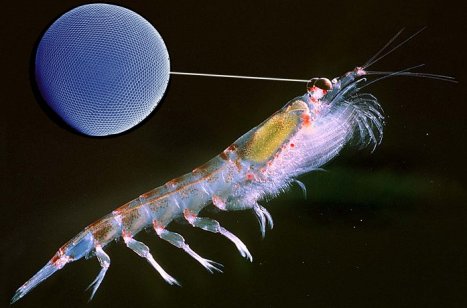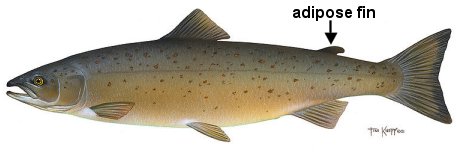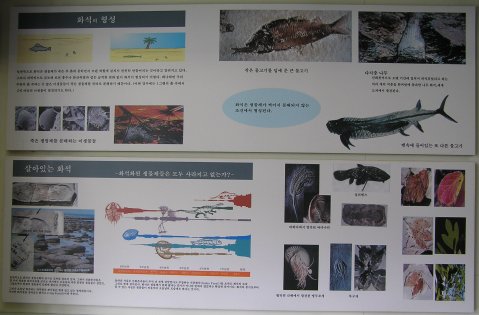Antibiotic resistance in bacteria is often cited as evidence for evolution. For example, in his book, The Greatest Show on Earth: The Evidence for Evolution, Richard Dawkins says:1
Many bacterial strains have evolved resistance to antibiotics in spectacularly short periods. After all, the first antibiotic, penicillin, was developed, heroically, by Florey and Chain as recently as the Second World War. New antibiotics have been coming out at frequent intervals since then, and bacteria have evolved resistance to just about every one of them.
However, we’ve known for quite some time that at least some antibiotic resistance did not evolve after the production of antibiotics. Instead, it existed before antibiotics were developed. For example, in 1988, bacteria were recovered from the frozen bodies of Arctic Explorers who died in 1845, long before antibiotics had been produced. When the bacteria were revived, some were found to be already resistant to certain antibiotics.2 So contrary to Dawkins’s claim, it is not at all clear that bacteria have evolved resistance to just about every antibiotic. Some possessed resistance before antibiotics were ever made
A recent study published in the journal Nature confirms this fact at a very basic level.
Continue reading “Antibiotic Resistance is Not a Modern Phenomenon”





